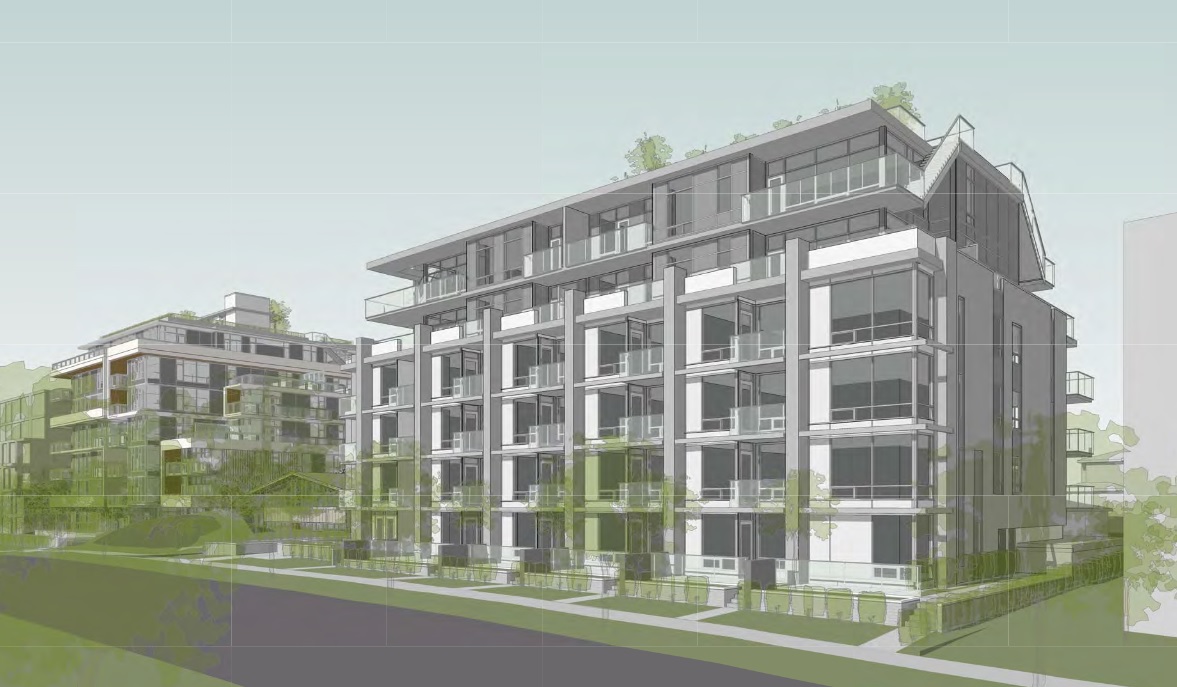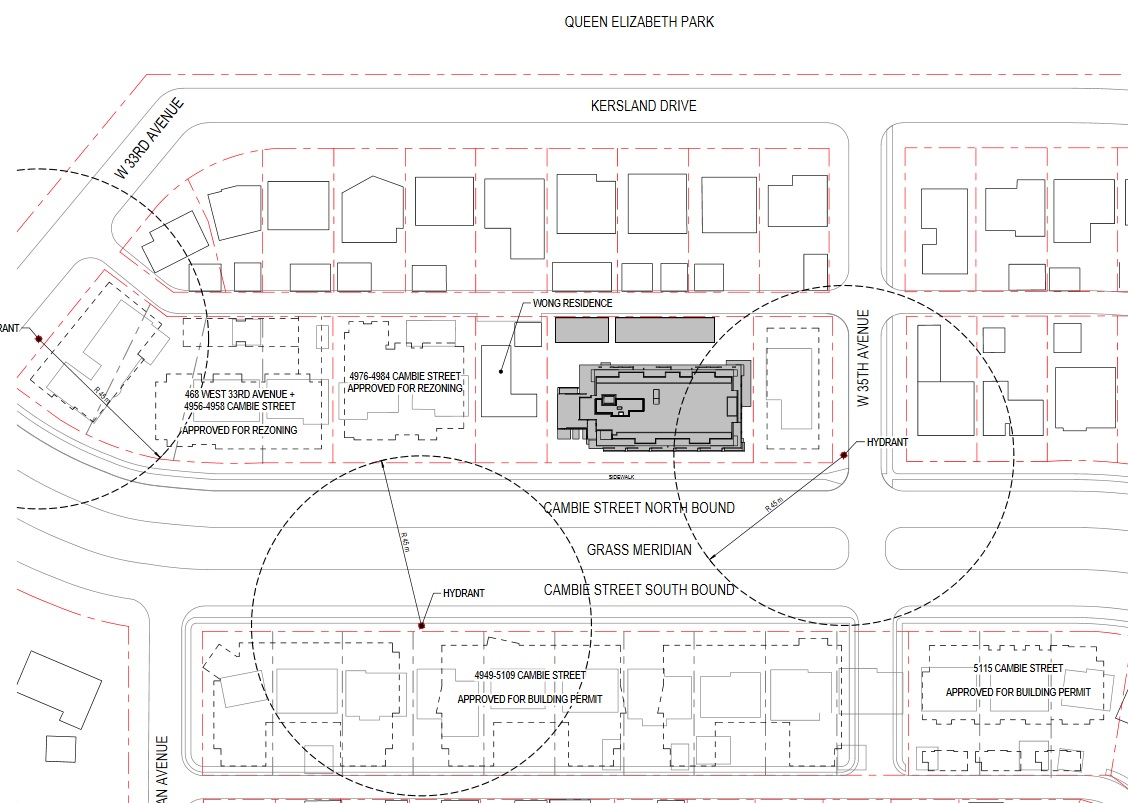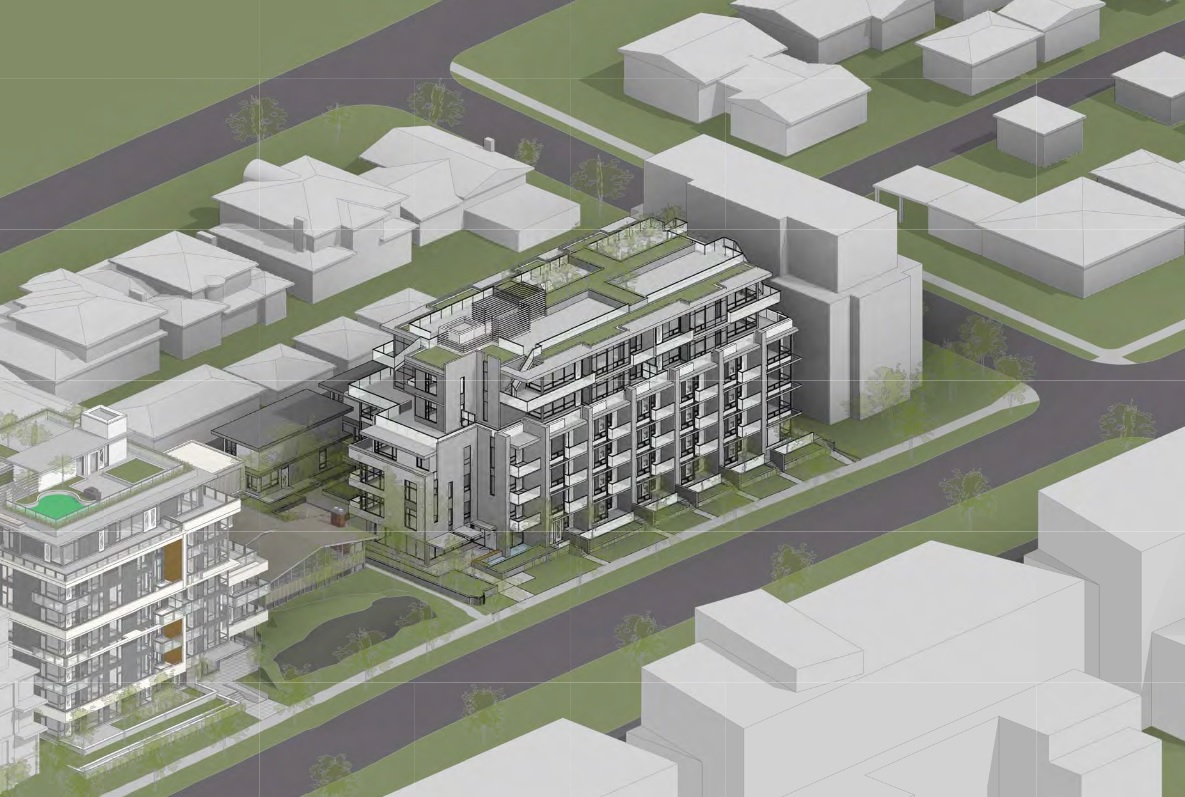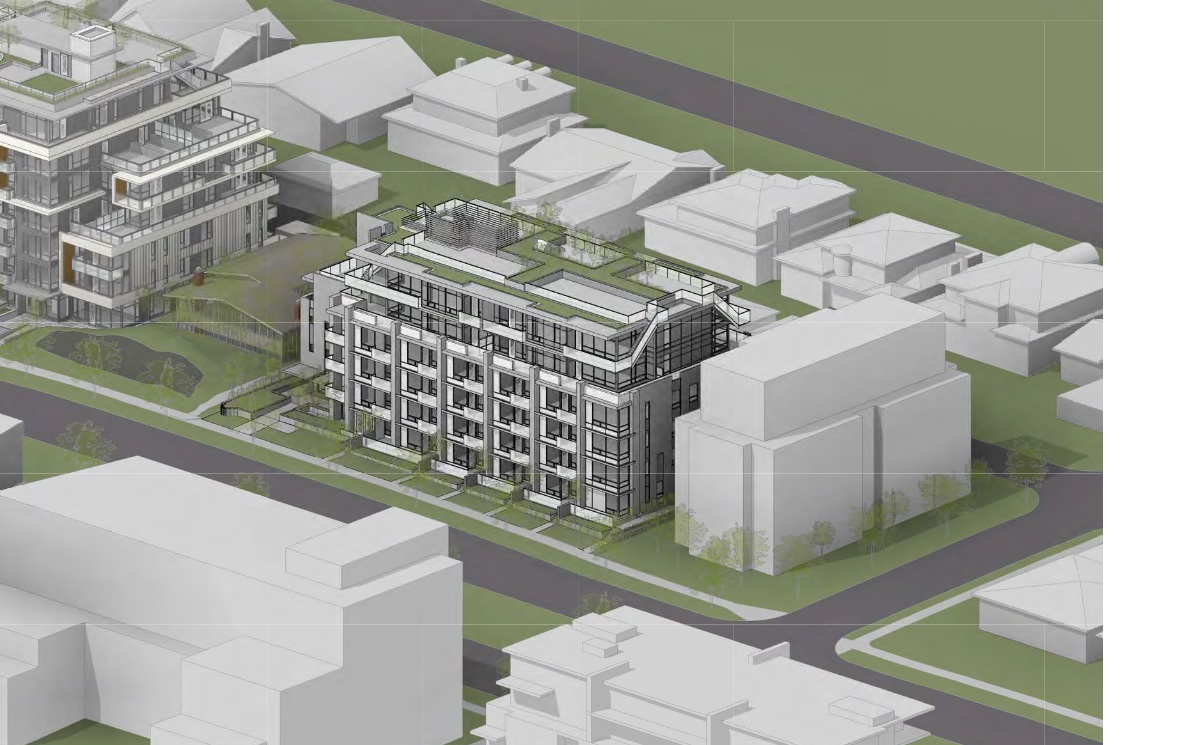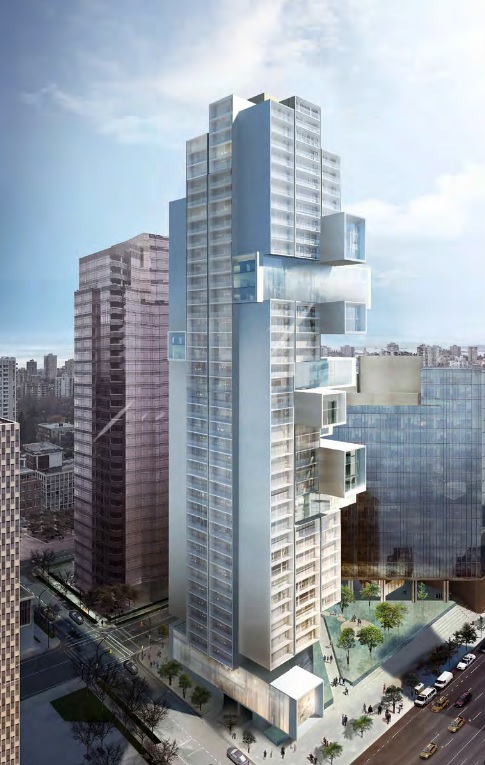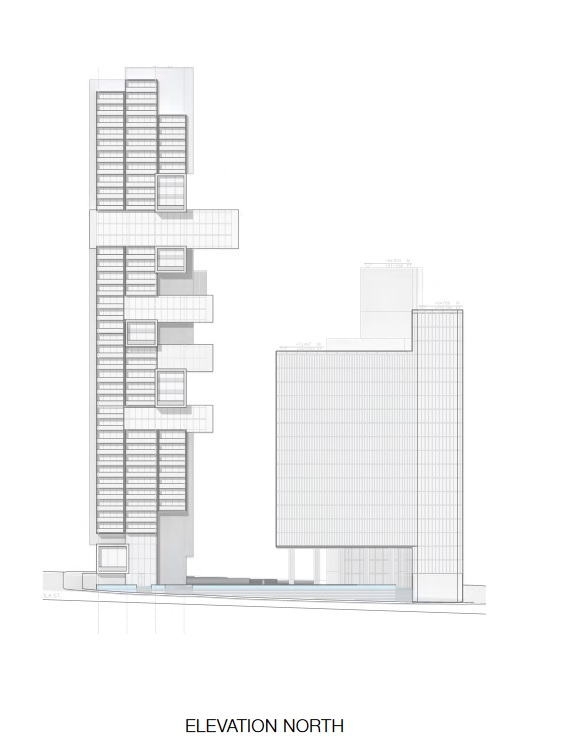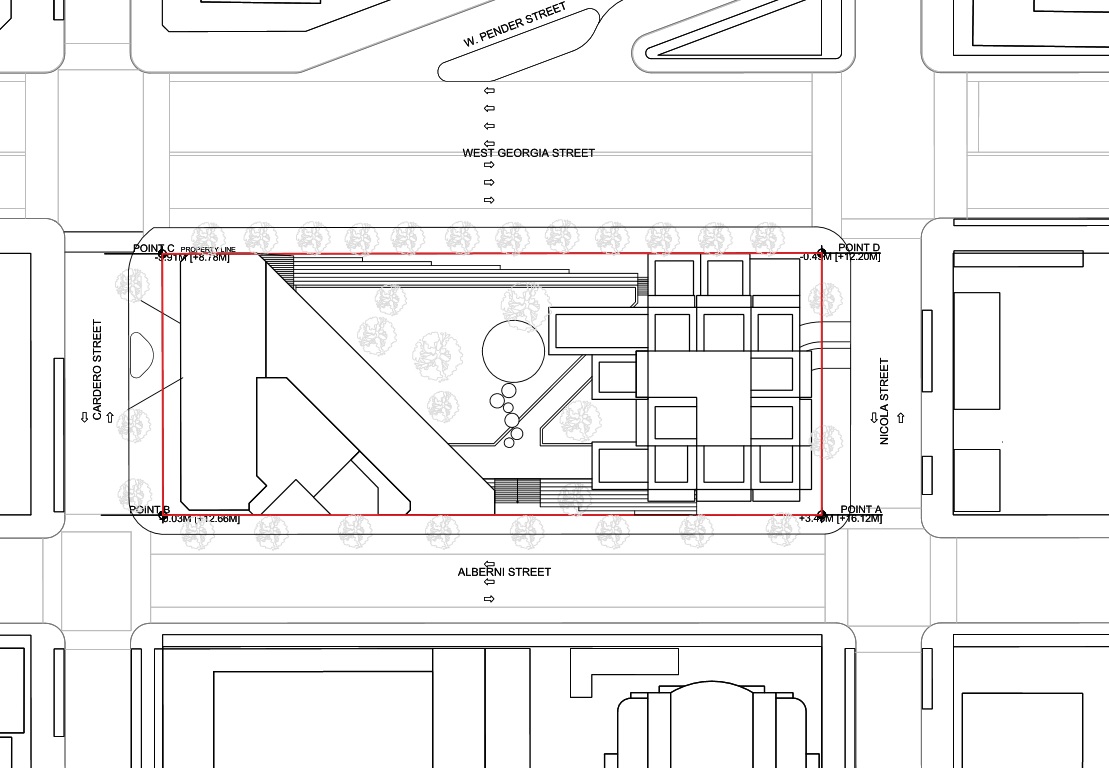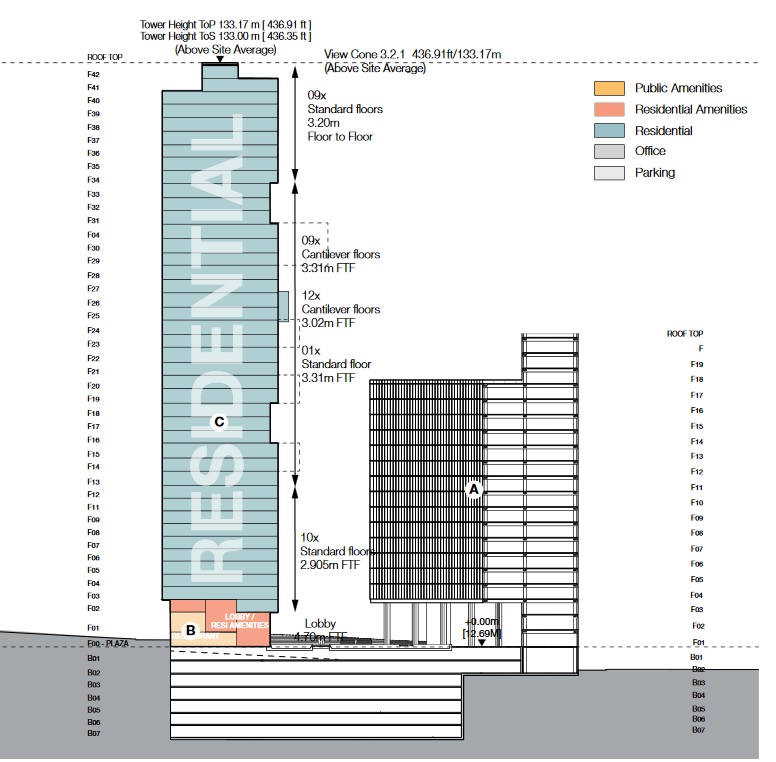Below is a brief update to a previous analysis of land sales along the Cambie Corridor that was originally posted last year. The most recent project to launch pre-sales is The Regent by Regent International on the North side of West King Edward, which launched in July 2016, and having substantially sold out at over $1,000 per SF. Fully 13 of the first 15 projects to launch pre-sales since 2012 have sold out quite quickly and steadily increasing prices.
As one of the most consistently strong pre-sales markets in Metro Vancouver, land values are continuing to increase as developers are bidding more aggressively to reflect end-sales demand.
Up and down the Corridor, numerous land assemblies have occurred, with many rezoning applications at various stages of the process. Almost 20 sites have now had rezoning enacted; meaning they have been officially approved by the City, and over one-third of the 439 lots in the plan area have now been sold.
The following chart depicts all of the site/land assembly sales that have taken place within the plan area since 2009. As recently as 2014, land sales averaged $175-200 per buildable SF. Today, land values have escalated to as high as $250-300 per buildable SF, and a couple of sites have actually traded above the $300 per buildable SF threshold.
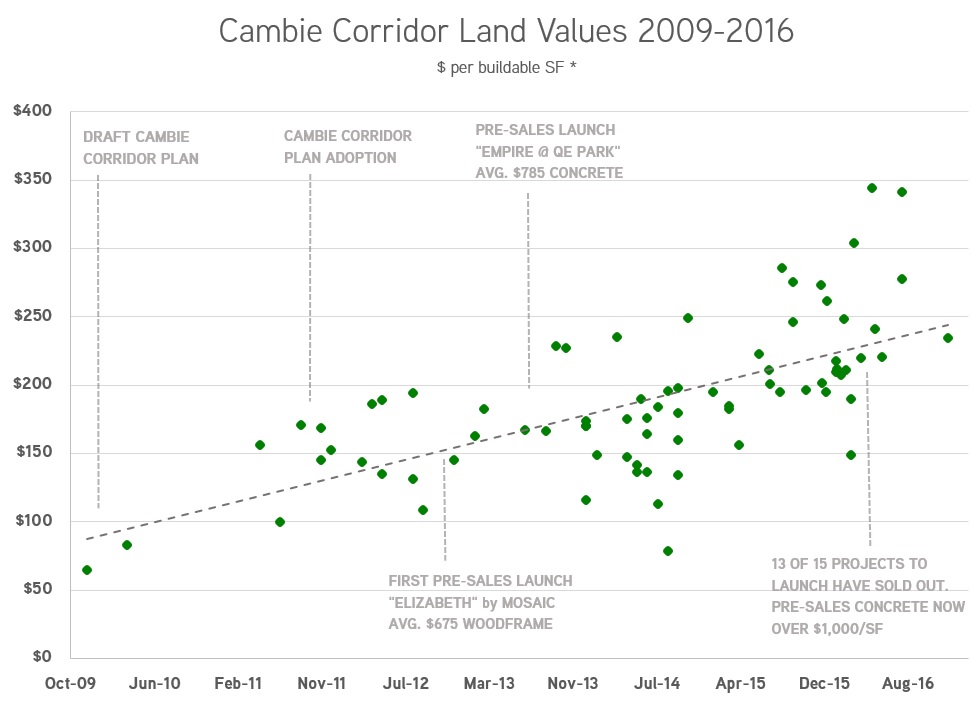 * based on approved density, or plan maximum where no application exists yet.
* based on approved density, or plan maximum where no application exists yet.
The strength of the Cambie land market is not entirely surprising given the strong pre-sales trends and given that land on the Westside with exisitng zoning for multifamily is now regularly trading above $400 per buildable SF.


